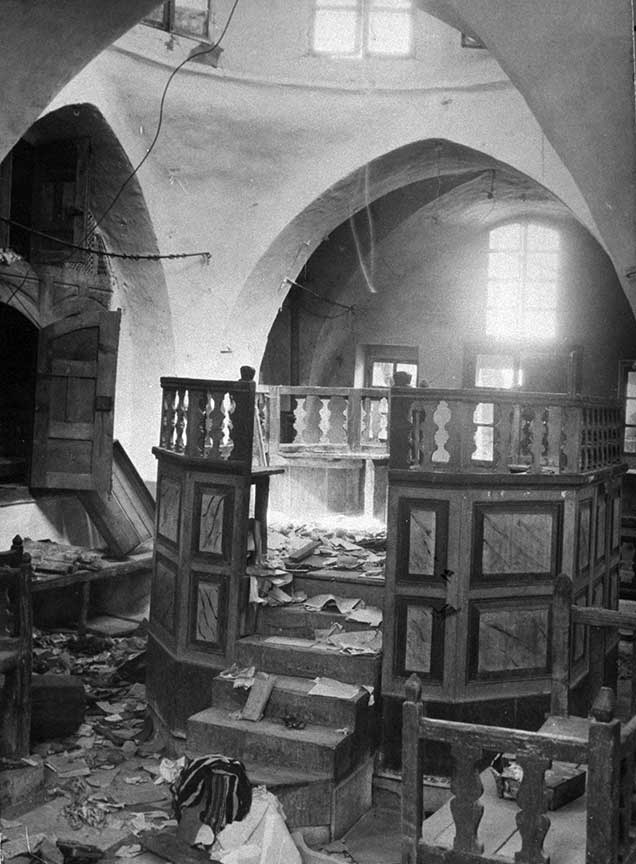1929 Arab Riots

In 1929, Arab riots broke out in towns throughout Palestine. In Hebron, where Jews had lived in peace, uninterupted for thousands of years, 66 Jewish men, women, and children were massacred.
During the economic crisis of 1926-28, antagonists of the Jewish State saw an opportunity for it to fail. At the sixteenth Zionist Congress, held in Zurich from July 29 to August 10, 1929, the establishment of the Jewish Agency was announced. The Agency, which included non-philanthropists from the United States, was seen as a major source of invigoration for the Yishuv. This event coincided with the rise of power of Mufti Amin el-Hussein, who decided to incite religious violence against Jews by spreading rumors that they were planning to seize the Temple Mount in Jerusalem.He used the placement of a Mechitza at the Wailing Wall as a an excuse to take action. On Friday, August 23, violence erupted in Jerusalem, as Arabs indiscriminately attacked Jews throughout the city. Jewish defenders repelled the Arab attacks in Jerusalem, but the violence spread throughout Palestine. In Hebron, where Jews had lived peacefully for thousands of years, 66 Jewish men, women, and children were massacred. In most places, Jewish defenders managed to hold off the numerically superior Arab attackers. Altogether, 133 Jews were killed and 400 injured in this wave of sudden violence. In the aftermath, the British government appointed a commission to investigate the causes of the riots. The commission, while blaming the Arabs for starting the riots, concluded that the underlying causes of the violence were Zionist settlements and land purchases. The report's conclusions were hotly disputed, but ultimately the British took actions that limited Jewish land purchases in Palestine.
 >
>